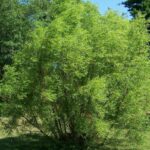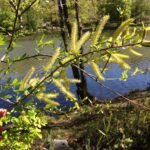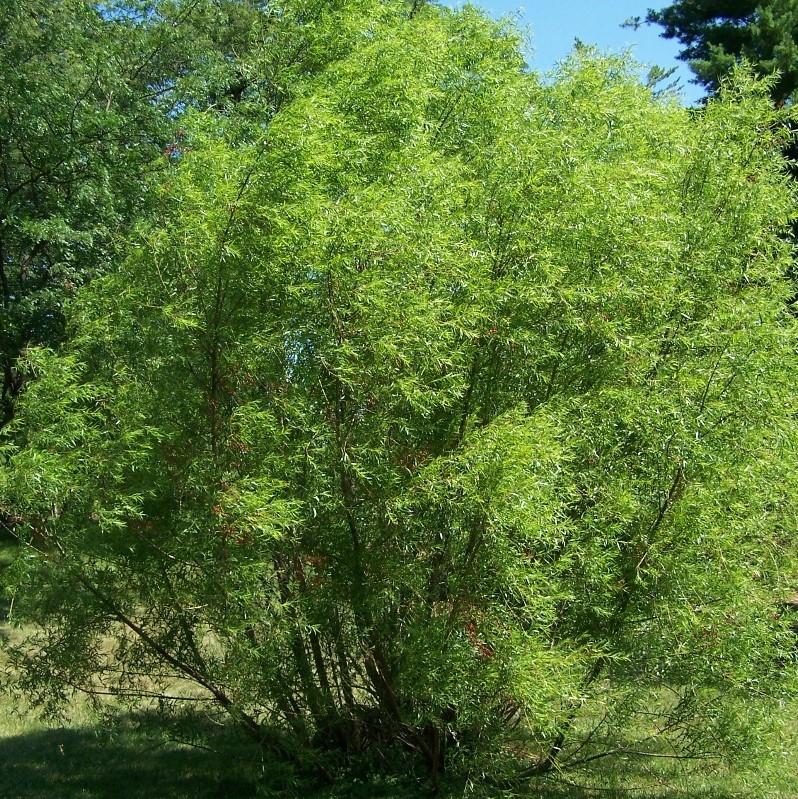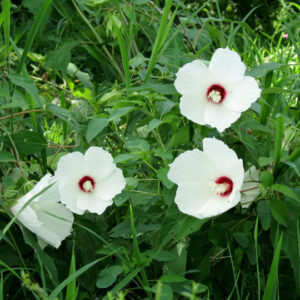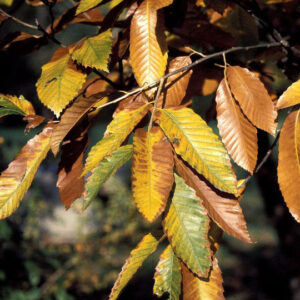-
Black Willows are medium to large-sized trees that can reach heights of 30 to 60 feet (9 to 18 meters) with a spread of 20 to 40 feet (6 to 12 meters). They have a narrow, upright crown and a straight trunk. The leaves are long, narrow, and lance-shaped, with a finely toothed margin. They are typically dark green on the upper surface and pale green on the underside.
-
Habitat: Black Willows are commonly found near bodies of water, such as streams, rivers, and wetlands. They are well-adapted to moist and wet soils and are often seen growing along riverbanks, lake shores, and in floodplains.
-
Growth and Lifespan: Black Willows are fast-growing trees, capable of adding several feet of height each year. They have a relatively short lifespan, typically living for 30 to 50 years. However, some individuals can live longer under favorable conditions.
|
Type: |
Tree |
|
Origins: |
Eastern US; GA Native |
|
Height: |
30′ – 60′ |
|
Spread: |
30′ – 60′ |
|
Spacing: |
45′ |
|
USDA Hardiness Zone: |
4 – 9 |
|
Culture: |
Full Sun, Part Sun |
|
Bloom Color: |
Green |
|
Season of Interest: |
Fall, Year-Round |
MAINTENANCE NEEDS: High maintenance. Avoid dry soils. Prune as needed in late winter early spring. Susceptible to various diseases, including blights, powdery mildew, leaf spots and cankers. Possible pests include aphids, scale, borers, and lacebugs. Prune as needed in late winter to early spring. The wood is weak due to fast growing and may split or crack. Leaf and stem litter can be an issue.
LANDSCAPE USES: Group Plantings or Specimen Tree, Naturalized Areas, Woodland Gardens, and Shade Tree
COMPANION PLANTS: Red Maple, River Birch, Sycamore
IMAGES: Bruce Marlin, Salix nigra Morton 180-88-3, CC BY-SA 2.5, (2) Famartin, 2013-05-04 15 59 05 Black Willow catkins along Colonial Lake in Colonial Lake Park in Lawrence, New Jersey, CC BY-SA 3.0, (3) PumpkinSky, Black Willow NBG, CC BY-SA 3.0
*As plants have ranges in appearance they may not appear as the images shown.

